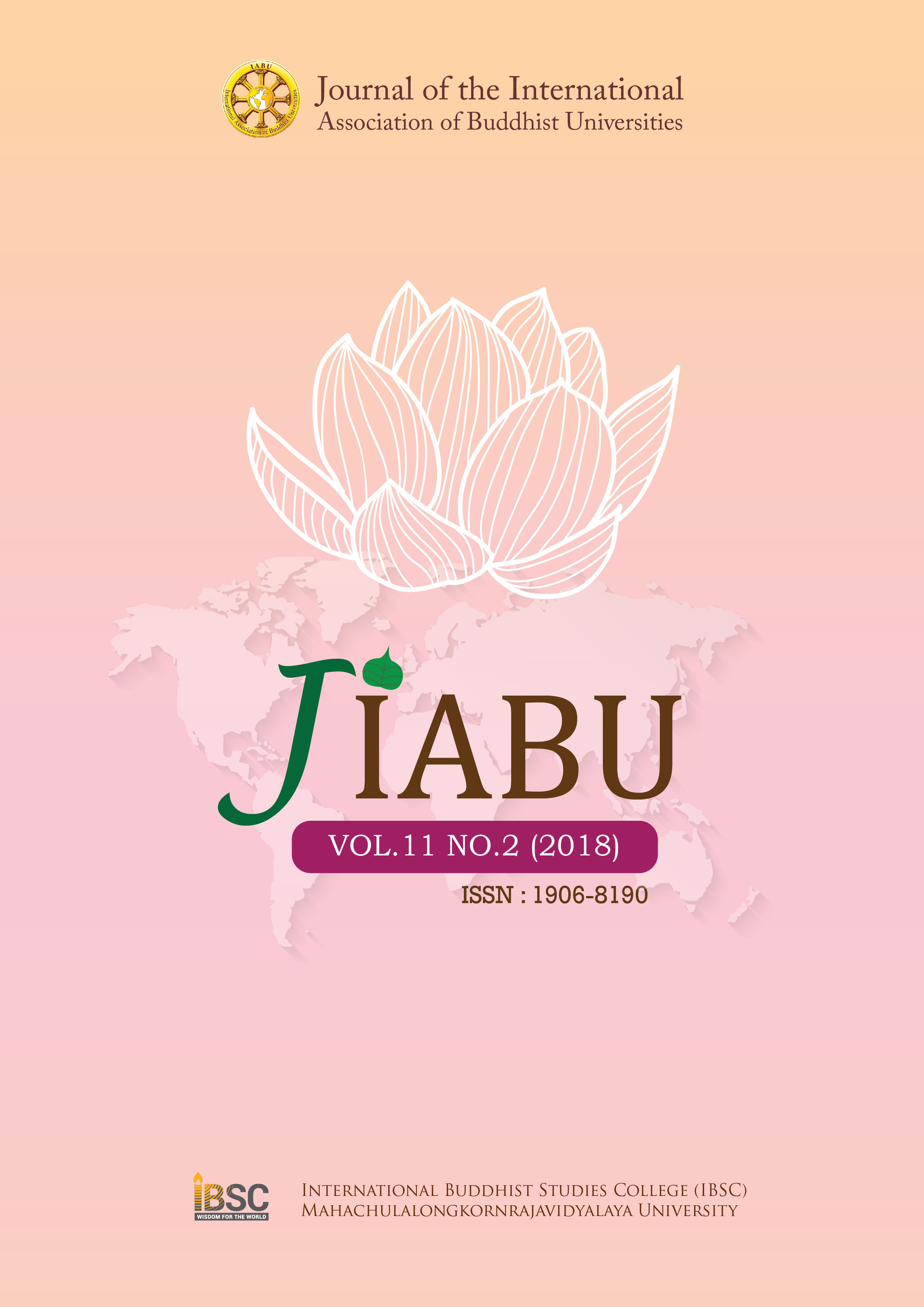A Philological Study of Some Pyu Words through Inscriptions
Main Article Content
Abstract
Regardless of disputes and different opinions of archeologists on historical data of
Pyu people and their kingdoms, this paper aims to do a philological study of some of Pyu’s words
through its inscriptions. Firstly some Pyu inscriptions will be generally studied to shed light
on the Theravā da influence in Pyu Period. Pyu language based on Pāḷi and Sanskrit thus it
performs as a bridge between Pāḷi, Sanskrit and Myanmar languages to some extent. Though
it is based on Pāḷi and Sanskrit, it does not use the words directly from those languages.
Therefore, it can be regarded that the Pyu language is the evolution of Pāḷi and Sanskrit. In
the evolution process, words may either slightly or totally change. In this work, the subtle Pyu’s
words of consecrated Queen, water, Buddha, well-done/let the goodness be and slave will
be philologically studied to prove that they are derived from Pāḷi language.
Article Details
Views and opinions expressed in the articles published by The Journal of the International Association of Buddhist Universities (JIABU), are of responsibility by such authors but not the editors and do not necessarily reflect those of the editors.
References
Aung Thaw, U, Ancient Myanmar Cities. Yangon: 1993.
Aung Thein, U, Pyu and Pyu Stone Inscriptions or Buddhism in Pyu. Yangon: 2005.
Htin Aung, Maung, A History of Burma. USA: 1967.
Khin Maung Than, U, Pyu Abhidham. Yangon: 2013.
Marshall, John, ed. Archeological Survery of India, Annual Report 1911-1912. India:
1915.
Moore, Elizabeth Howard, The Pyu Landscape: Collect Articles. Myanmar: Myanmar
Archeological Publication Series, 2012.
Pho Latt, U, Chronicle of Myanmar and Research on its Culture. Yangon: 1962.
Sein Win, U, Pyu Culture and Evidences. Yangon: The Ministry of Cultural, 1996.
Thar Myat, U, Pyu Reader: A History of Pyu Alphabet. Yangon: 1963.


